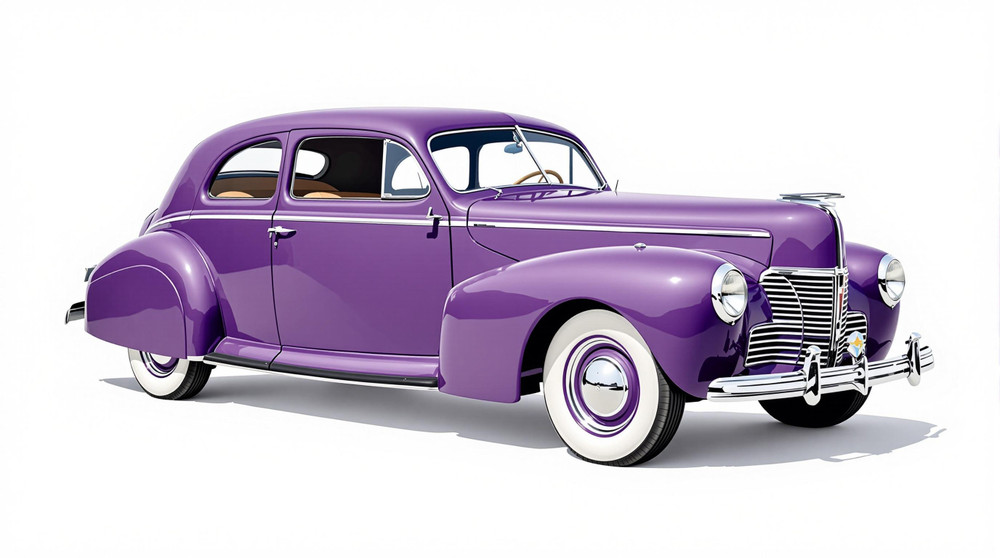Image of 1940 Lincoln Zephyr, Note: These illustrations use artistic license and may differ from actual historical models.
Performance Metrics
Fundamental Metrics
Emotional Appeal
MMP Rating
| Engine Specifications | |
|---|---|
| Engine: | V12 |
| Displacement: | 292 cubic inches |
| Horsepower: | Estimated 120 HP |
| Torque: | 220 lb-ft |
| Compression Ratio: | Estimated 7.2:1 |
| Ignition System: | Distributor and coil |
| Cooling System: | Liquid-cooled |
| Performance Specifications | |
| 0-60 Time: | Information not available |
| 1/4 Mile Time: | Information not available |
| Top Speed: | Estimated 90 mph |
| Transmission and Drive | |
| Drive Type: | Rear-wheel drive |
| Transmission Type: | 3-speed manual |
| Fuel and Efficiency | |
| Fuel System Type: | Carburetor |
| MPG: | Information not available |
| Dimensions and Brakes | |
| Brakes: | Drum brakes |
| Wheelbase: | 125 inches |
| Weight: | Estimated 3,700 lbs |
Note: Specifications for classic cars are given to the best of our ability, considering the limited and variant data available.
Unveiling the Elegance of the 1940 Lincoln Zephyr
The 1940 Lincoln Zephyr emerges from the annals of automotive history as a testament to luxury and innovation. Born from the ambitious vision of the Ford Motor Company, this vehicle not only encapsulated the elegance of its era but also set a benchmark for design and engineering. At a time when America was on the brink of global conflict, the Zephyr offered a glimpse into the potential of automotive excellence. A notable moment in its storied past includes serving as an inspiration for the classic Batmobile, a testament to its iconic design.
Design and Innovation
The exterior of the 1940 Lincoln Zephyr was a symphony of streamlined curves and polished chrome, an embodiment of Art Deco on wheels. Its sleek profile was punctuated by a bold, V-shaped grille that seemed to slice through the air, hinting at its aerodynamic prowess. Inside, passengers were enveloped in luxury, with sumptuous materials like fine leathers and rich woods adorning the cabin. For its time, the Zephyr boasted advanced features such as a radio and heater—luxuries that were far from standard. Color options ranged from stately dark hues to vibrant tones, with Gunmetal Gray being a particularly sought-after choice. The most iconic body style was undoubtedly the three-window coupe, with its fluid lines and intimate cockpit setting it apart from sedans and convertibles.
Historical Significance
The Lincoln Zephyr's impact on automotive design cannot be overstated; it was one of the earliest cars to embrace aerodynamics, influencing future generations of vehicles. Its teardrop shape and fender skirts were more than just aesthetic choices—they were deliberate efforts to reduce drag and improve efficiency. This car stood as a beacon of American ingenuity during a time when industrial design was evolving rapidly.
Performance and Handling
Underneath its sculpted hood lay a 4.8-liter V12 engine that propelled the Zephyr to respectable speeds for its day, achieving a top speed nearing 90 mph—a remarkable feat in 1940. Acceleration from 0-60 mph took place in leisurely fashion by modern standards but was competitive at the time. On the road, drivers enjoyed a smooth ride thanks to thoughtful suspension tuning, which absorbed bumps with grace while maintaining composure on winding routes. The hum of its V12 was music to enthusiasts' ears, blending mechanical prowess with auditory pleasure.
Ownership Experience
The Zephyr found its place in various roles ranging from daily transportation for well-heeled individuals to starring in parades as a showpiece. Its maintenance demands were typical for luxury cars of that period—requiring attentive care but rewarding owners with reliability when properly serviced. The simplicity of its design made it relatively straightforward for enthusiasts to maintain or restore.
Fun Facts
Apart from its influence on pop culture vehicles like the Batmobile, the Lincoln Zephyr also had limited editions that are now highly prized by collectors. While some critics may have pointed out its less powerful engine compared to some contemporaries, it remains an enduring symbol of pre-war luxury.
Collector's Information
Today's collector market values the 1940 Lincoln Zephyr significantly higher than many other cars from its era; estimates suggest that original models can fetch anywhere from $40,000 to over $100,000 depending on condition and provenance. With production numbers estimated in the low thousands for certain body styles, they are relatively rare finds that continue to appreciate as classic car enthusiasts recognize their historical importance.
Conclusion
The 1940 Lincoln Zephyr stands as an enduring icon of American automotive history—a fusion of artistry and engineering that continues to captivate collectors and enthusiasts alike. Its legacy is one of innovation and luxury, setting standards that would influence car design for decades to come.
1940 Lincoln Zephyr Catalog of Parts
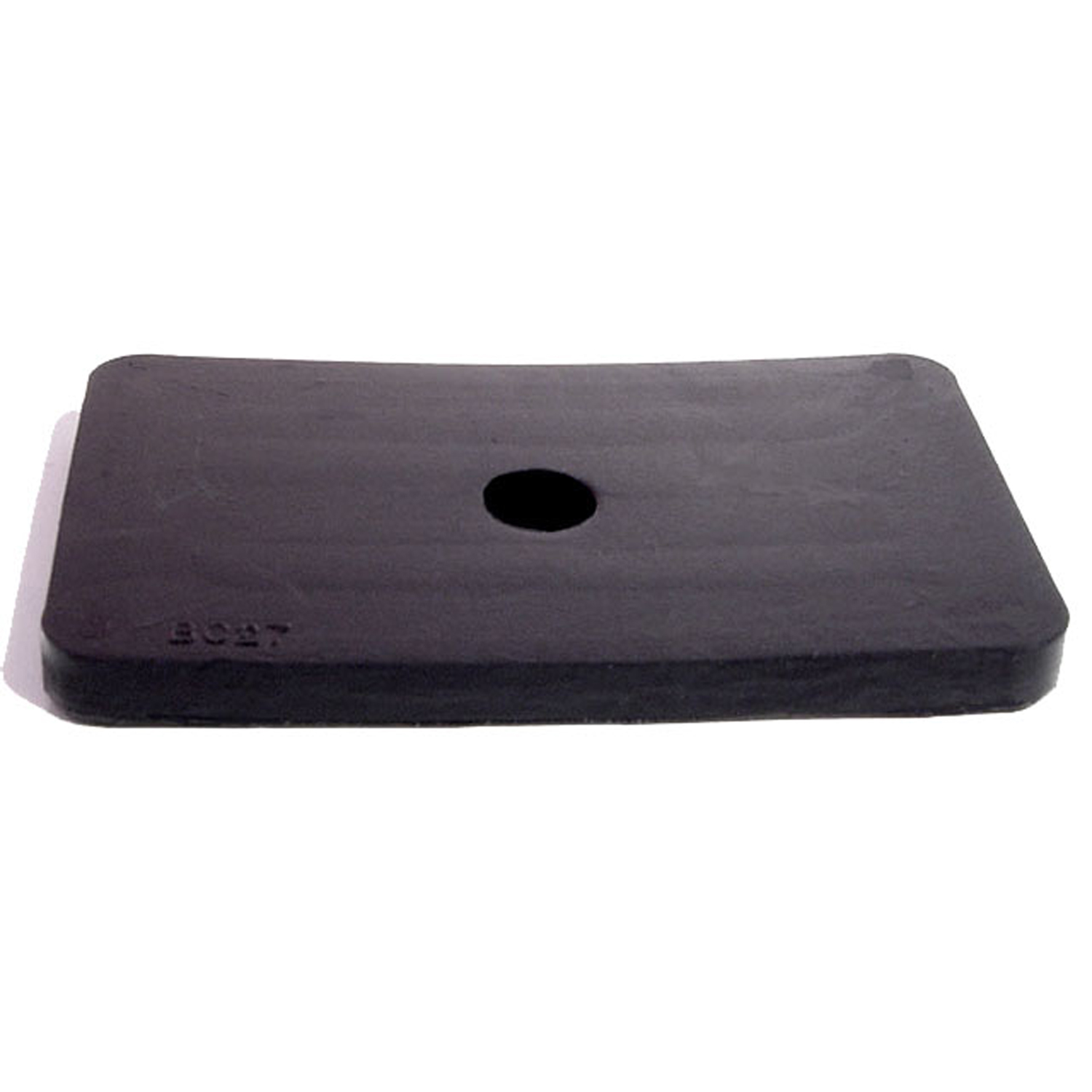 1940 Lincoln Zephyr Frame to Running Board Bracket Cushion-BC 27Frame to Running Board Bracket Cushion. 3-3/16" Long, 2" Wide, 3/8" Hole. Each
1940 Lincoln Zephyr Frame to Running Board Bracket Cushion-BC 27Frame to Running Board Bracket Cushion. 3-3/16" Long, 2" Wide, 3/8" Hole. Each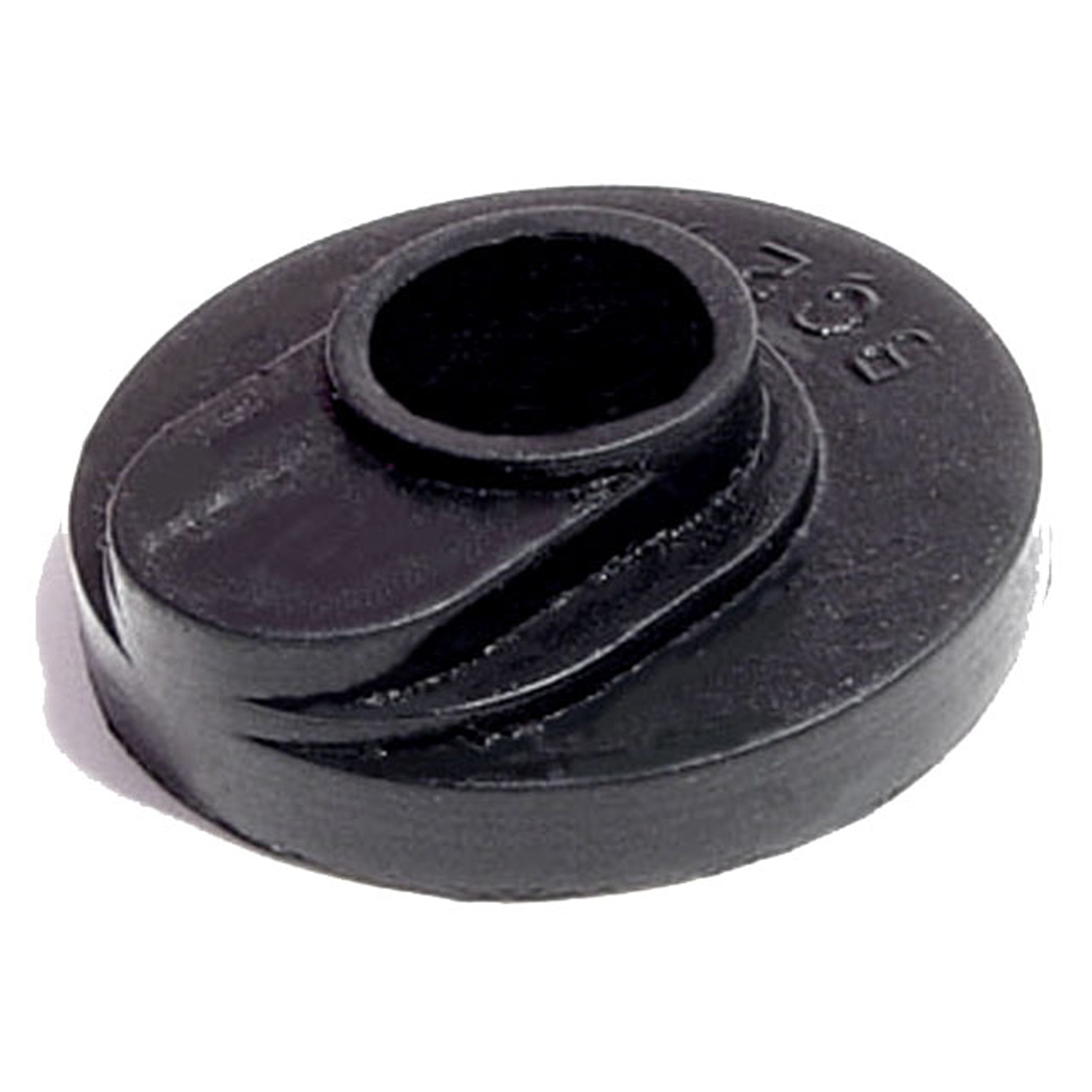 1940 Lincoln Zephyr Fender Grommet. 1-1/8" O.D., 3/8" I.D. Each-BC 28Fender Grommet. 1-1/8" O.D., 3/8" I.D. Each
1940 Lincoln Zephyr Fender Grommet. 1-1/8" O.D., 3/8" I.D. Each-BC 28Fender Grommet. 1-1/8" O.D., 3/8" I.D. Each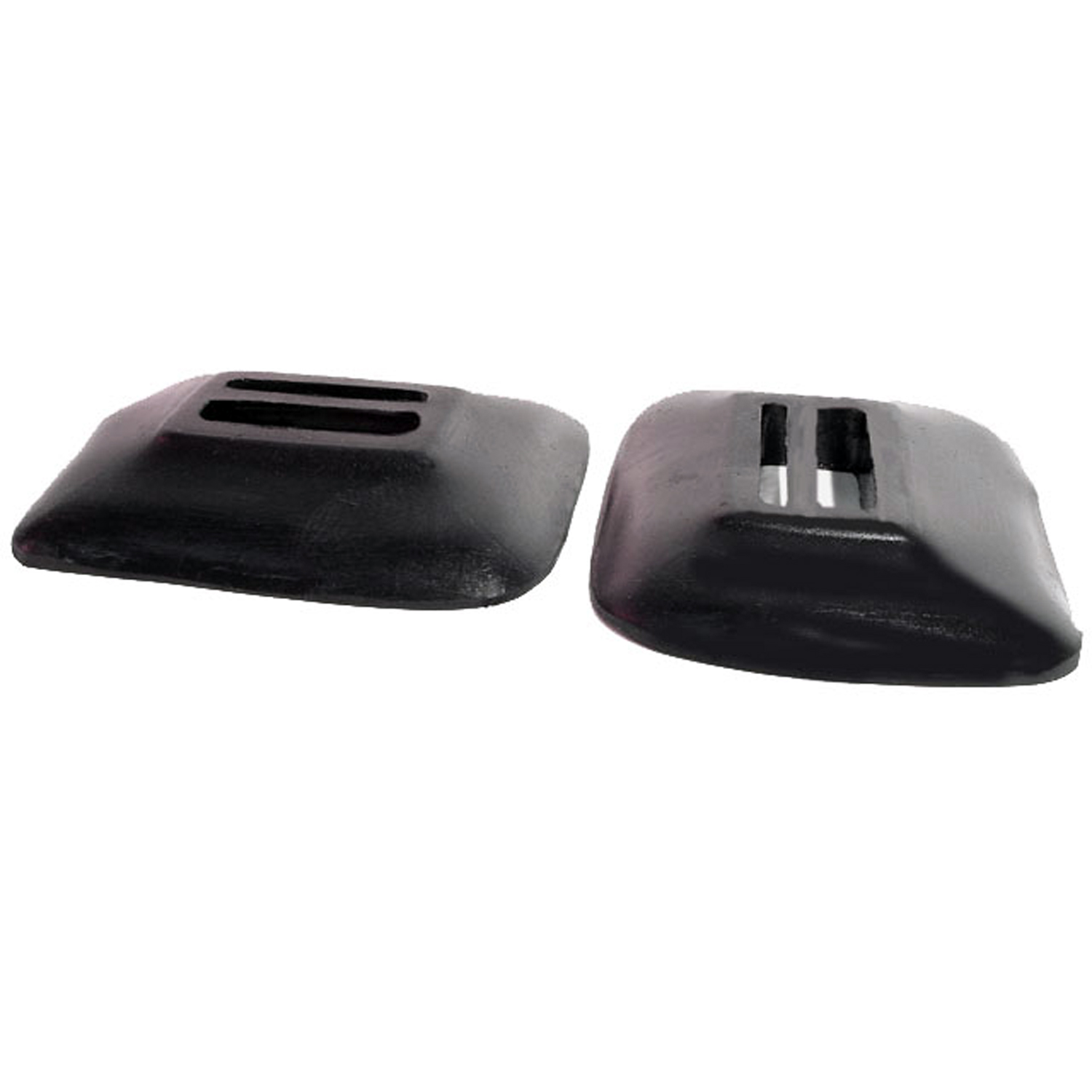 1940 Lincoln Zephyr Rear Bumper Arm Grommets-BG 46Rear Bumper Arm Grommets. 3-1/2" wide X 4-1/4" long, with 1-3/4" long inner slot. Pair
1940 Lincoln Zephyr Rear Bumper Arm Grommets-BG 46Rear Bumper Arm Grommets. 3-1/2" wide X 4-1/4" long, with 1-3/4" long inner slot. Pair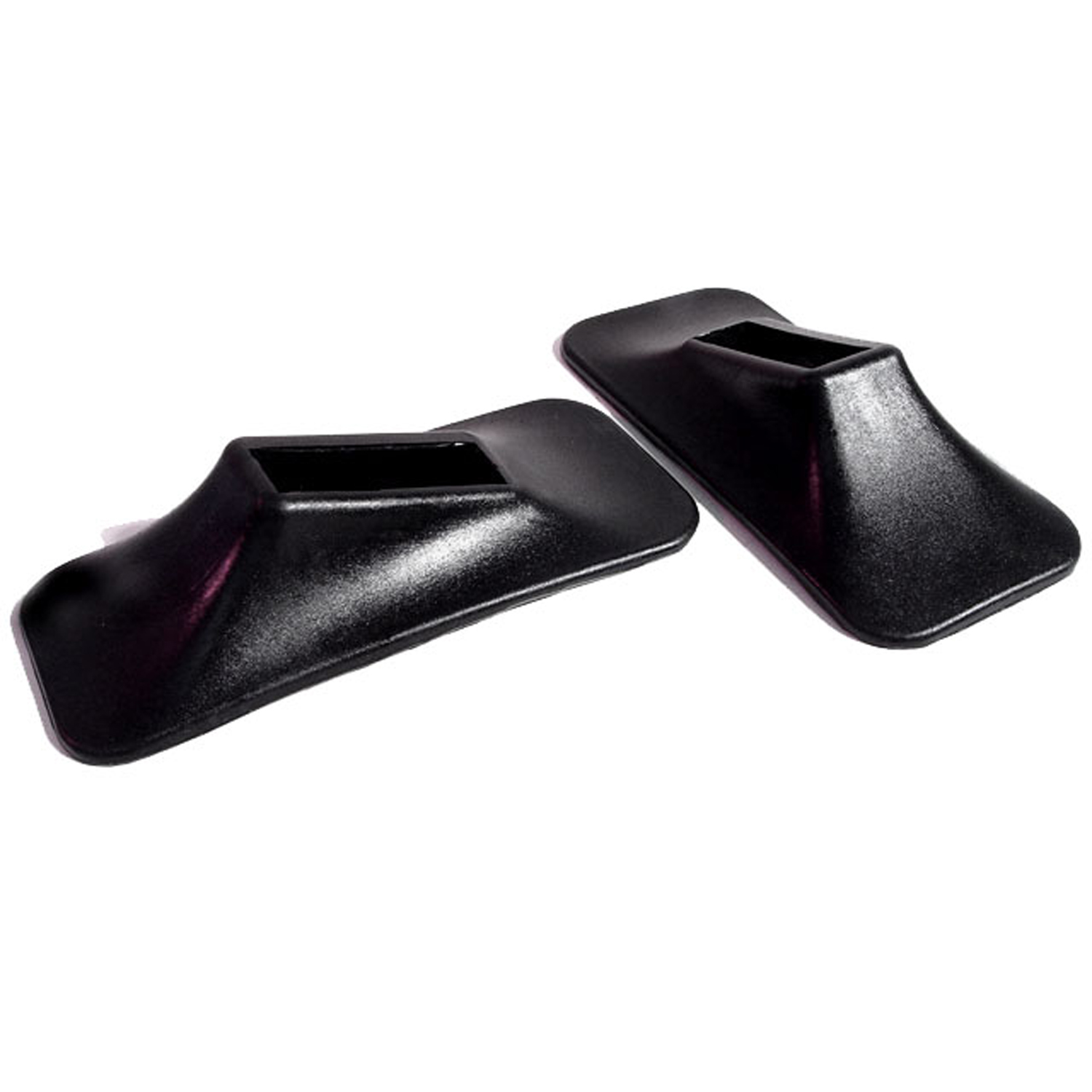 1940 Lincoln Zephyr Front Bumper Arm Grommets-BG 47Front Bumper Arm Grommets. 2" wide X 4-1/2" long, with 1-3/4" long inner slot. Pair
1940 Lincoln Zephyr Front Bumper Arm Grommets-BG 47Front Bumper Arm Grommets. 2" wide X 4-1/2" long, with 1-3/4" long inner slot. Pair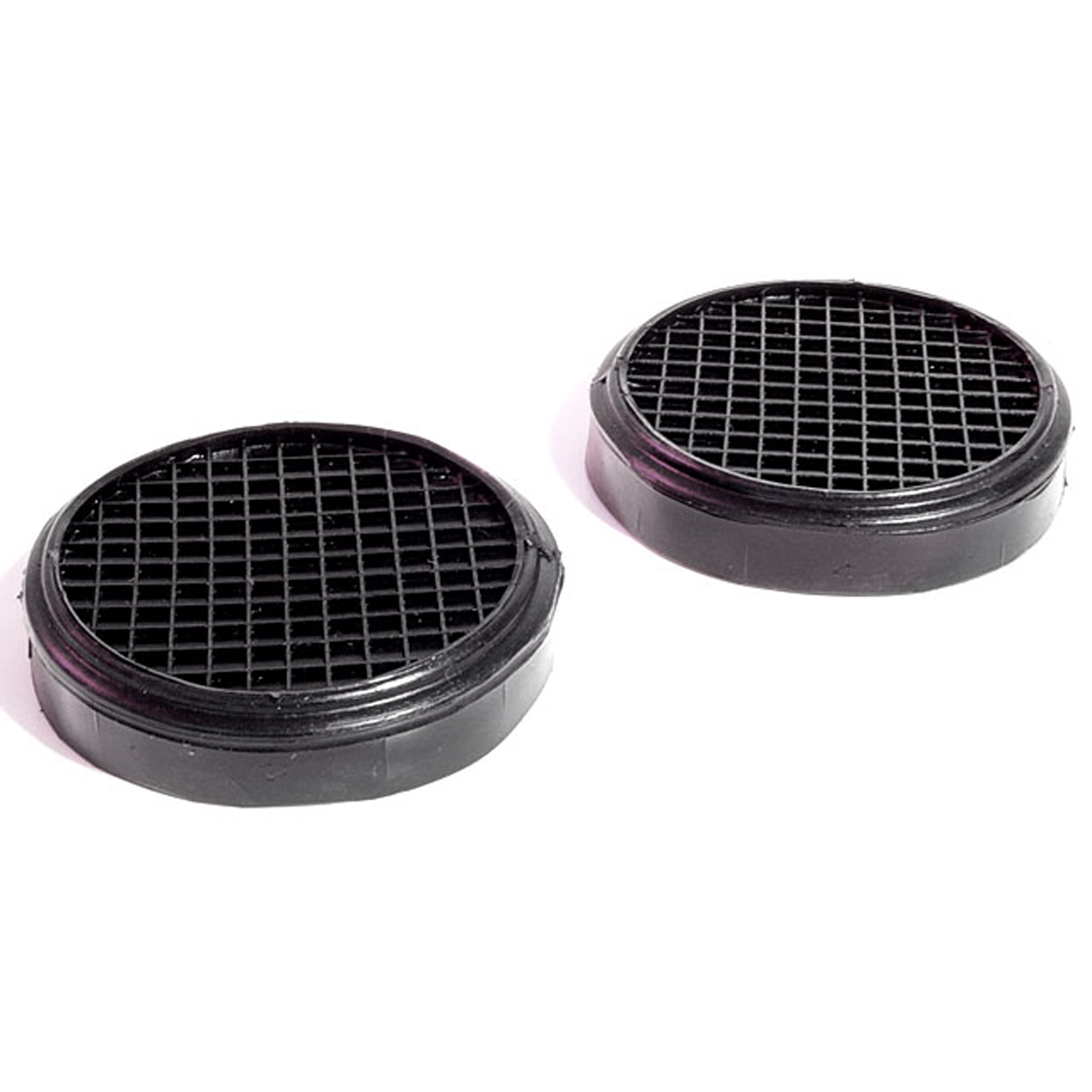 1940 Lincoln Zephyr Clutch and Brake Pedal Pads. 3-1/2" Diameter. Pair-CB 62Clutch and Brake Pedal Pads. 3-1/2" Diameter. Pair
1940 Lincoln Zephyr Clutch and Brake Pedal Pads. 3-1/2" Diameter. Pair-CB 62Clutch and Brake Pedal Pads. 3-1/2" Diameter. Pair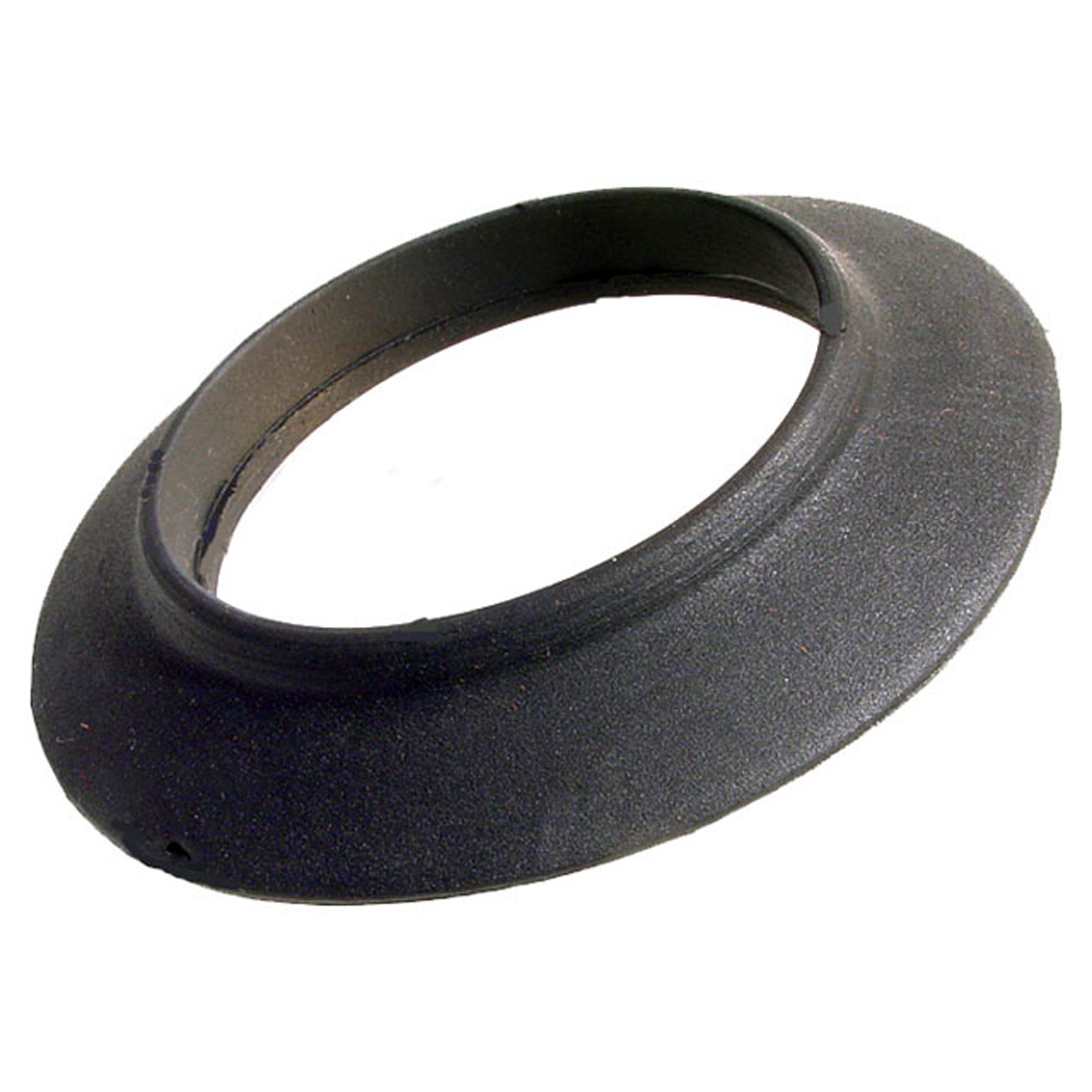 1940 Lincoln Zephyr Gas Filler Grommet. 2-1/2" I.D., 4-1/8" O.D. Each-GF 24Gas Filler Grommet. 2-1/2" I.D., 4-1/8" O.D. Each
1940 Lincoln Zephyr Gas Filler Grommet. 2-1/2" I.D., 4-1/8" O.D. Each-GF 24Gas Filler Grommet. 2-1/2" I.D., 4-1/8" O.D. Each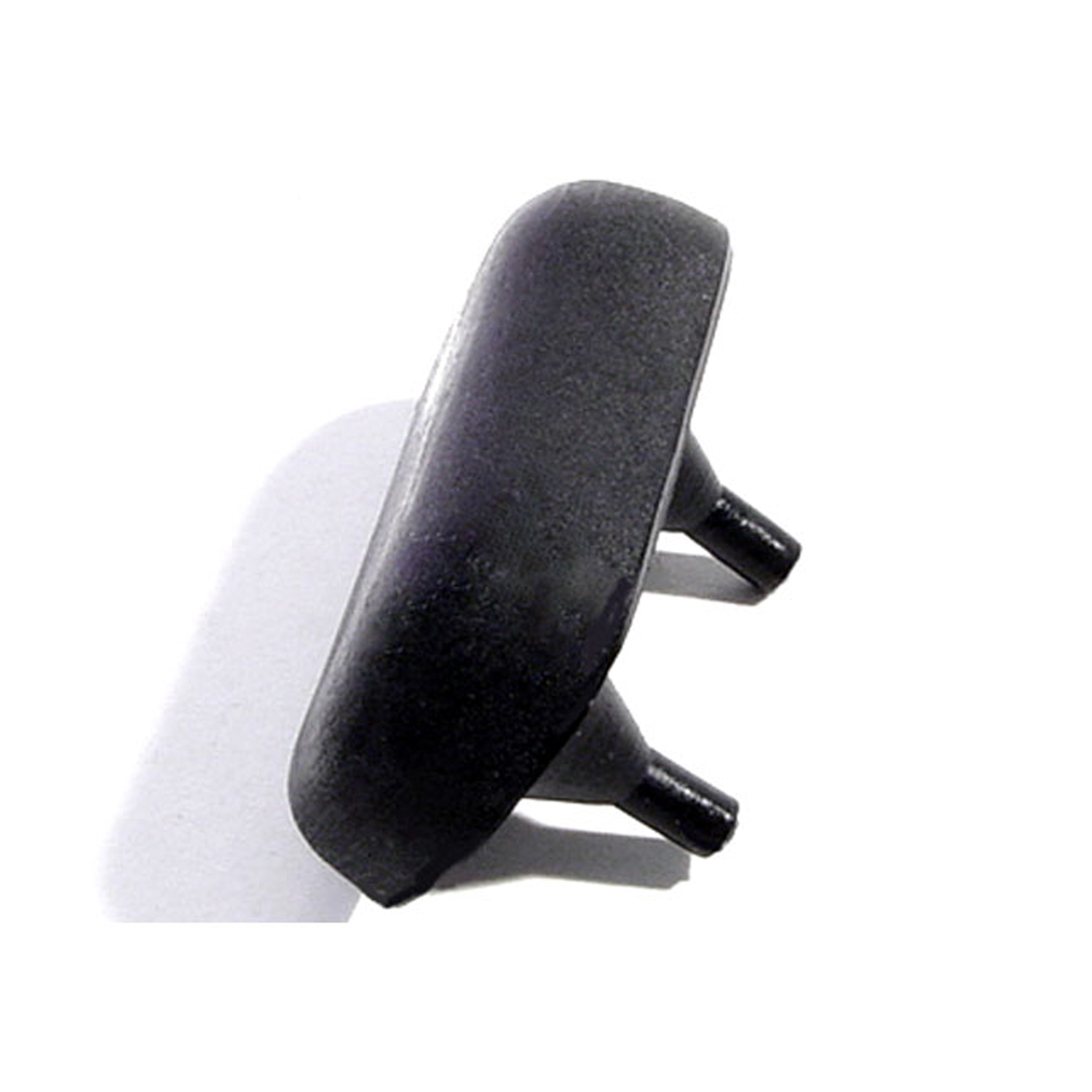 1940 Lincoln Zephyr Front Hood Bumper. Made with twin retainers-HF 43Front Hood Bumper. Made with twin retainers. 1" long, 7/8" wide. Each
1940 Lincoln Zephyr Front Hood Bumper. Made with twin retainers-HF 43Front Hood Bumper. Made with twin retainers. 1" long, 7/8" wide. Each 1940 Lincoln Zephyr Hood Bumper. 1-9/16" long X 3/4" wide X 1/2" high-HF 44-BHood Bumper. 1-9/16" long X 3/4" wide X 1/2" high. Nice reproduction of a previously unavailable part. Each
1940 Lincoln Zephyr Hood Bumper. 1-9/16" long X 3/4" wide X 1/2" high-HF 44-BHood Bumper. 1-9/16" long X 3/4" wide X 1/2" high. Nice reproduction of a previously unavailable part. Each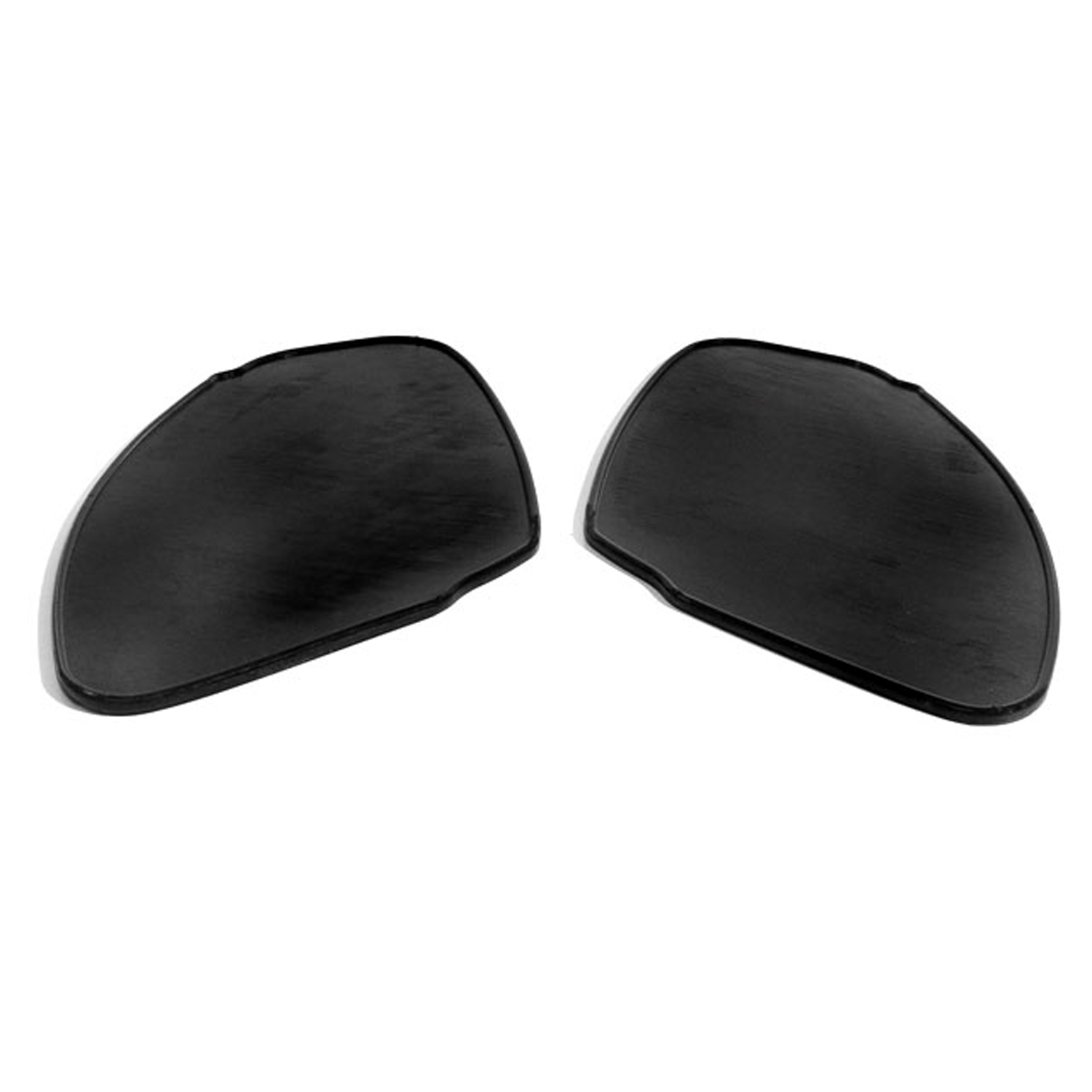 1940 Lincoln Zephyr Tail-light Pads. 4-3/4" wide X 8-1/8" long. Pair R&L-MP 810-ATail-light Pads. 4-3/4" wide X 8-1/8" long. Pair R&L
1940 Lincoln Zephyr Tail-light Pads. 4-3/4" wide X 8-1/8" long. Pair R&L-MP 810-ATail-light Pads. 4-3/4" wide X 8-1/8" long. Pair R&L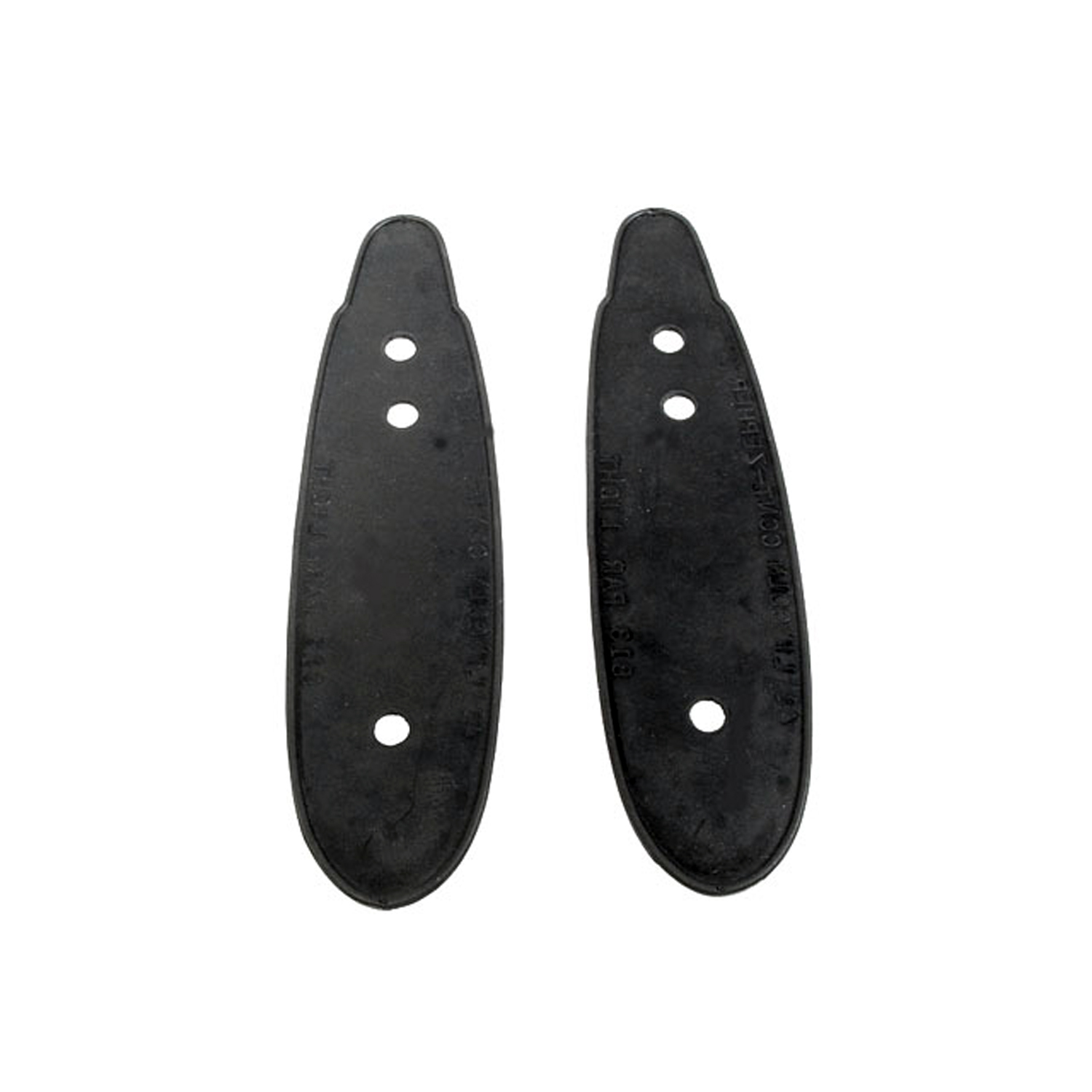 1940 Lincoln Zephyr Fender Light Pads. 2-3/8" wide X 9-1/8" long. Pair-MP 813Fender Light Pads. 2-3/8" wide X 9-1/8" long. Pair
1940 Lincoln Zephyr Fender Light Pads. 2-3/8" wide X 9-1/8" long. Pair-MP 813Fender Light Pads. 2-3/8" wide X 9-1/8" long. Pair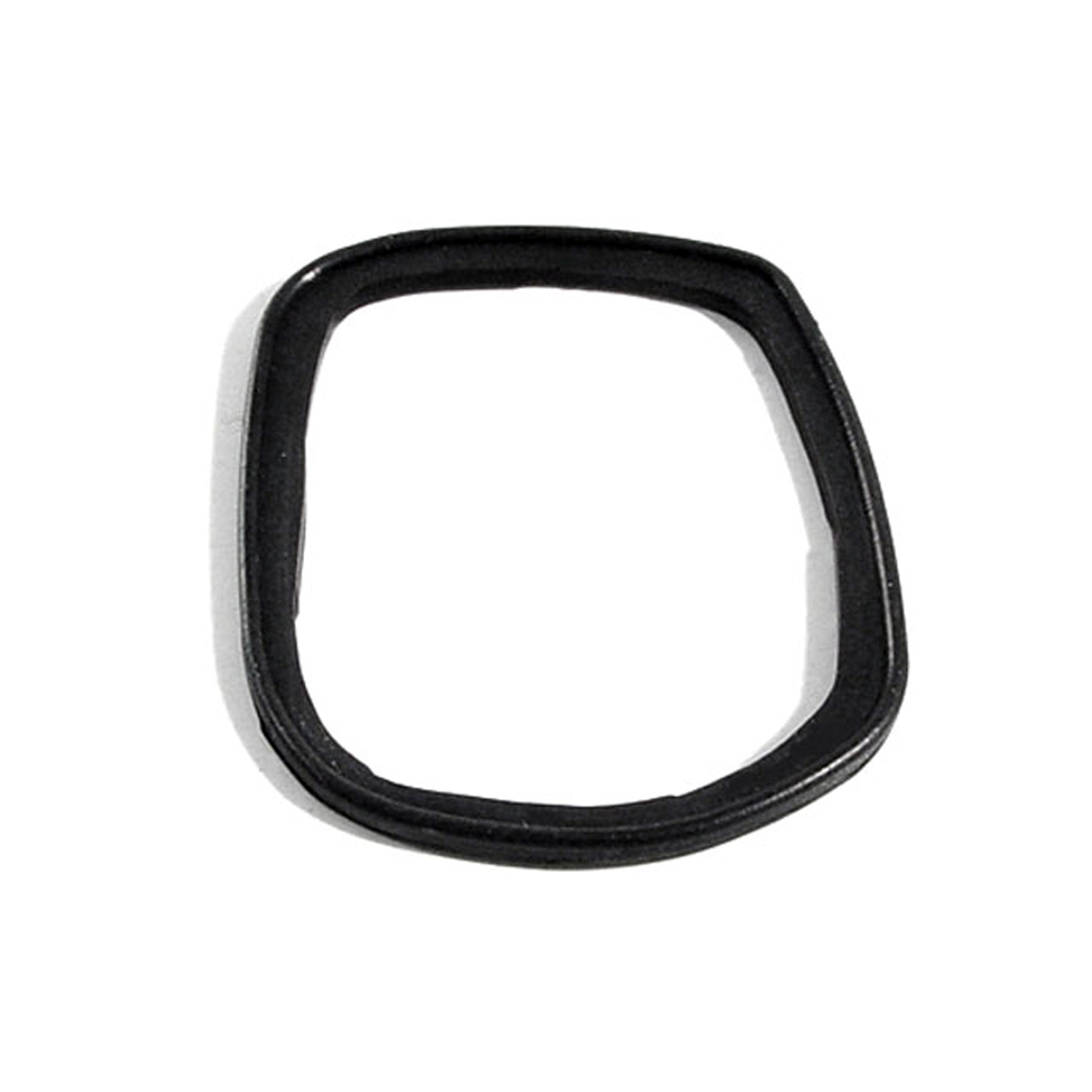 1940 Lincoln Zephyr Windshield Wiper Transmission Pad. 2" wide X 2-1/4" long-MP 814Windshield Wiper Transmission Pad. 2" wide X 2-1/4" long. Each
1940 Lincoln Zephyr Windshield Wiper Transmission Pad. 2" wide X 2-1/4" long-MP 814Windshield Wiper Transmission Pad. 2" wide X 2-1/4" long. Each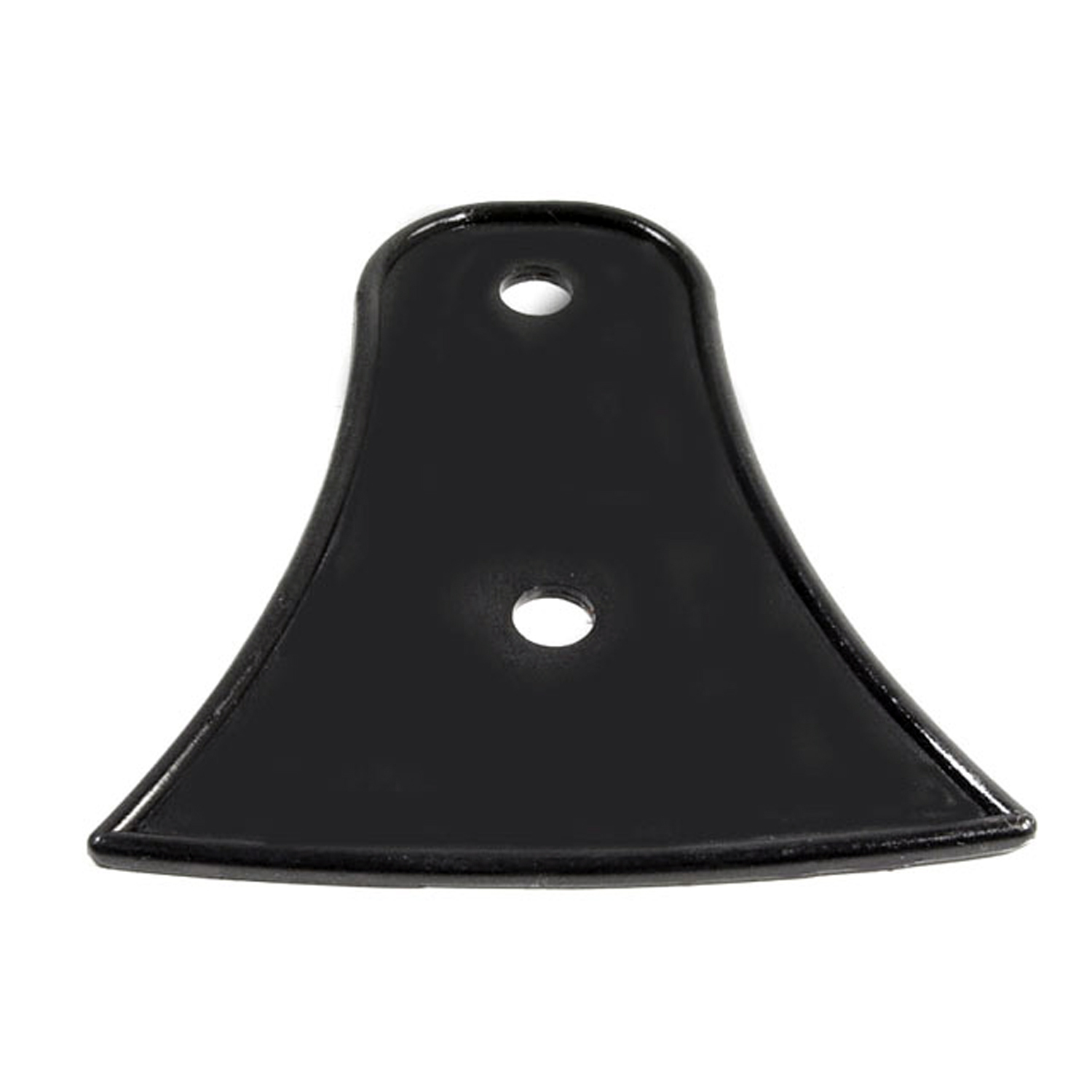 1940 Lincoln Zephyr License Bracket Pad. 2-3/4" wide X 3" long. Each-MP 815License Bracket Pad. 2-3/4" wide X 3" long. Each
1940 Lincoln Zephyr License Bracket Pad. 2-3/4" wide X 3" long. Each-MP 815License Bracket Pad. 2-3/4" wide X 3" long. Each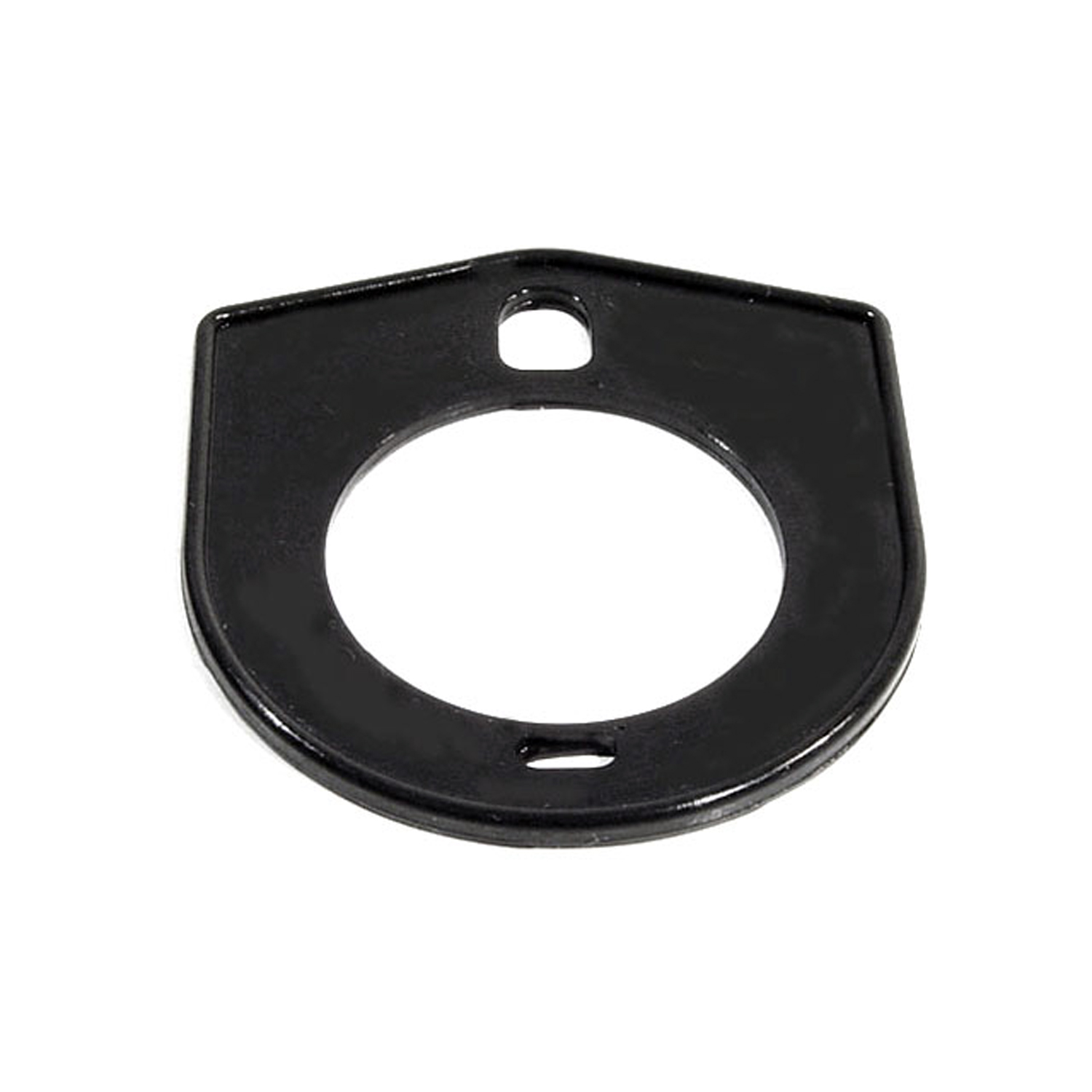 1940 Lincoln Zephyr Trunk Lock Pad. 2-1/8" wide X 2-3/8" long. Each-MP 816Trunk Lock Pad. 2-1/8" wide X 2-3/8" long. Each
1940 Lincoln Zephyr Trunk Lock Pad. 2-1/8" wide X 2-3/8" long. Each-MP 816Trunk Lock Pad. 2-1/8" wide X 2-3/8" long. Each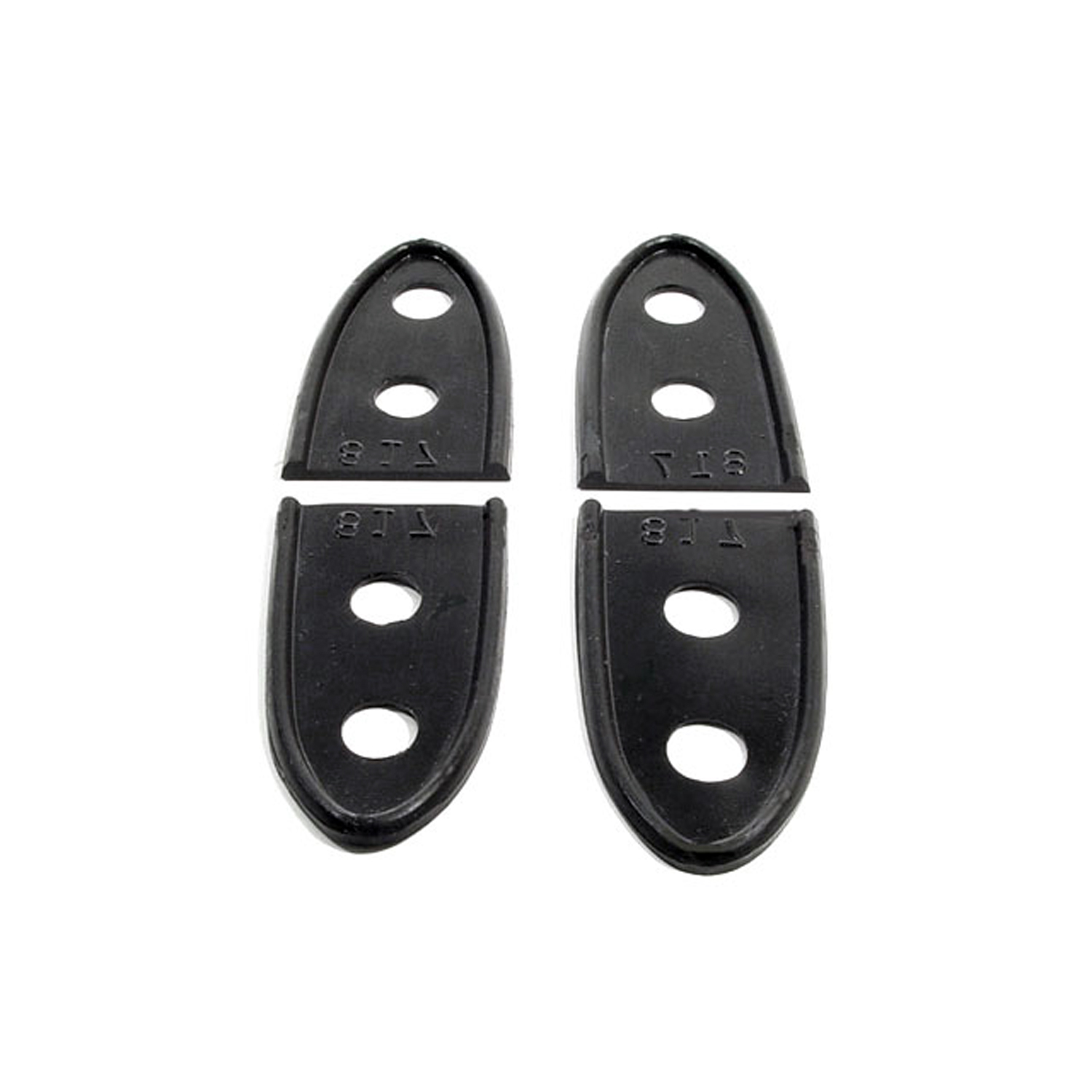 1940 Lincoln Zephyr Trunk Hinge Pads. 1-3/8" wide X 4-3/4" long. Set-MP 817Trunk Hinge Pads. 1-3/8" wide X 4-3/4" long. Set
1940 Lincoln Zephyr Trunk Hinge Pads. 1-3/8" wide X 4-3/4" long. Set-MP 817Trunk Hinge Pads. 1-3/8" wide X 4-3/4" long. Set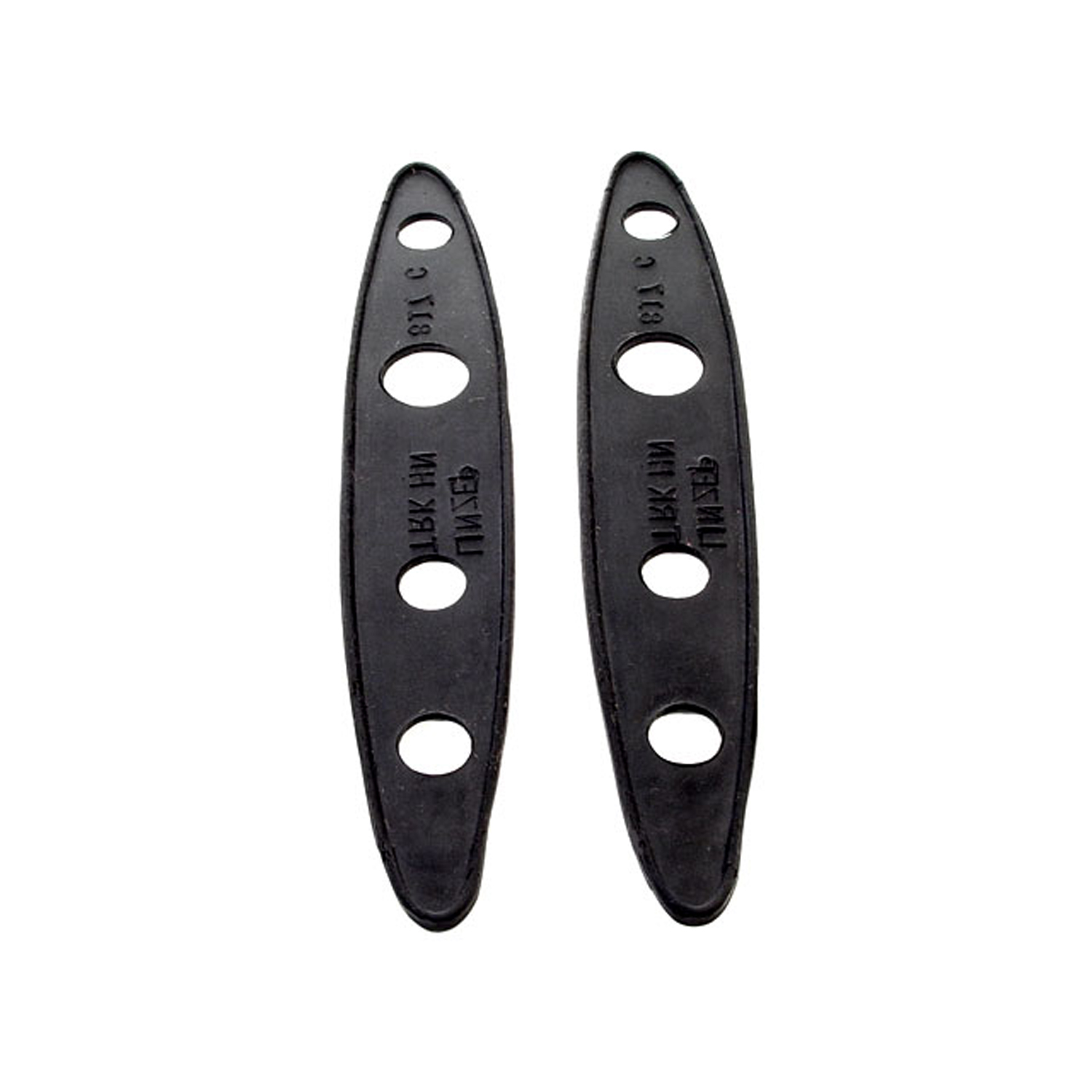 1940 Lincoln Zephyr Trunk Hinge Pads. 1-1/2" wide X 8-3/4" long. Set-MP 817-CTrunk Hinge Pads. 1-1/2" wide X 8-3/4" long. Set
1940 Lincoln Zephyr Trunk Hinge Pads. 1-1/2" wide X 8-3/4" long. Set-MP 817-CTrunk Hinge Pads. 1-1/2" wide X 8-3/4" long. Set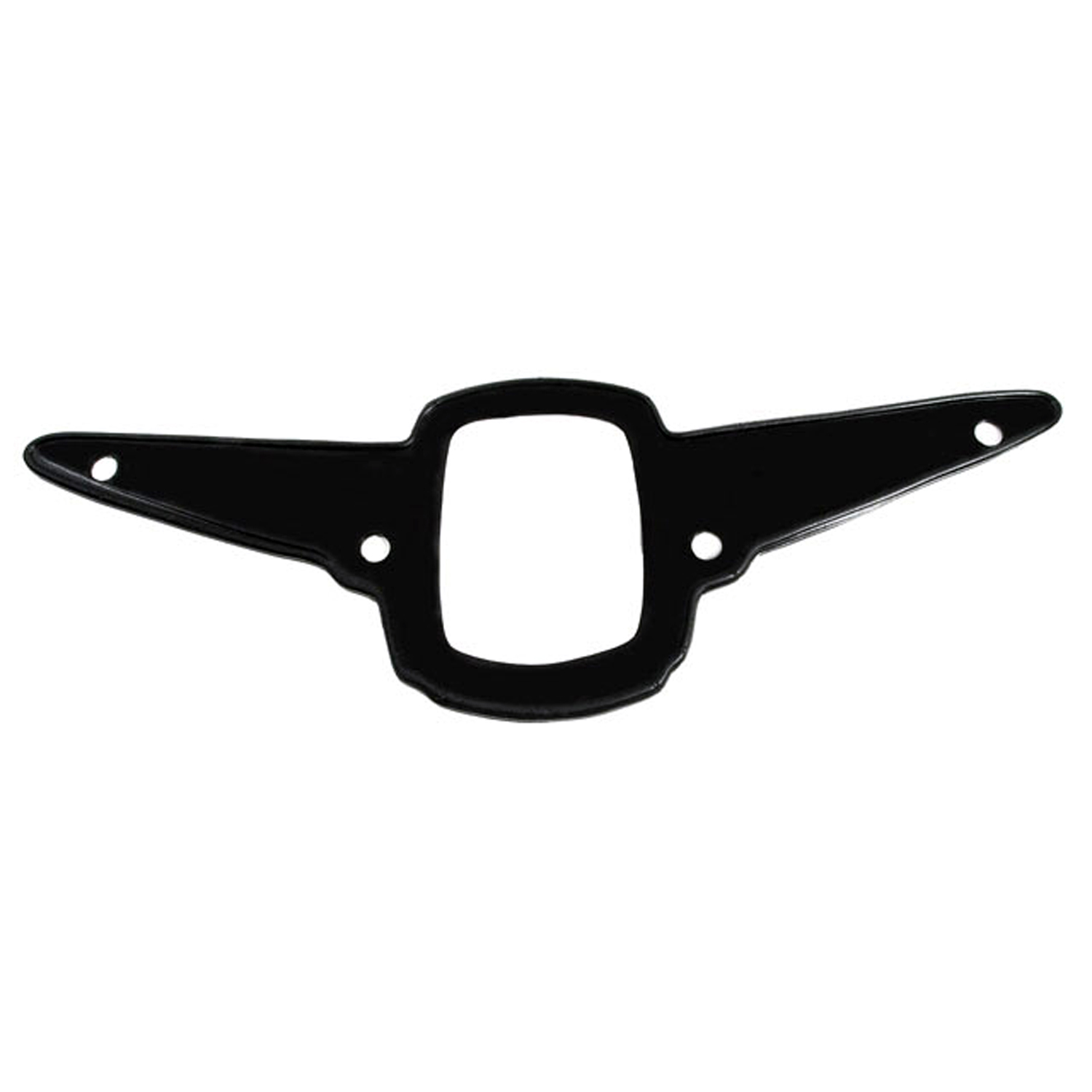 1940 Lincoln Zephyr Trunk Light Pad. 15" wide X 5" long. Each-MP 820Trunk Light Pad. 15" wide X 5" long. Each
1940 Lincoln Zephyr Trunk Light Pad. 15" wide X 5" long. Each-MP 820Trunk Light Pad. 15" wide X 5" long. Each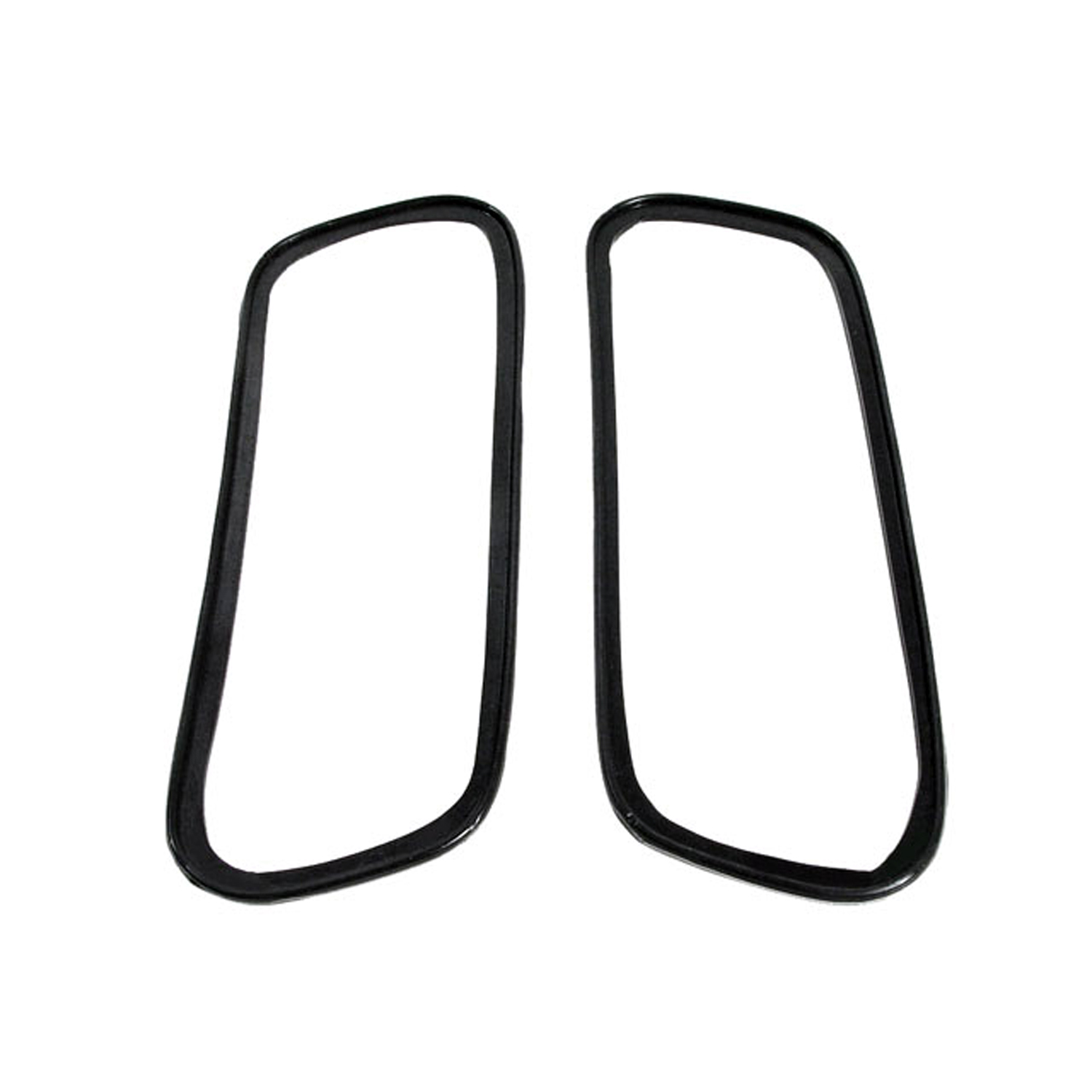 1940 Lincoln Zephyr Tail-light Pads. 2-7/8" wide X 7-1/8" long. Pair R&L-MP 821-MTail-light Pads. 2-7/8" wide X 7-1/8" long. Pair R&L
1940 Lincoln Zephyr Tail-light Pads. 2-7/8" wide X 7-1/8" long. Pair R&L-MP 821-MTail-light Pads. 2-7/8" wide X 7-1/8" long. Pair R&L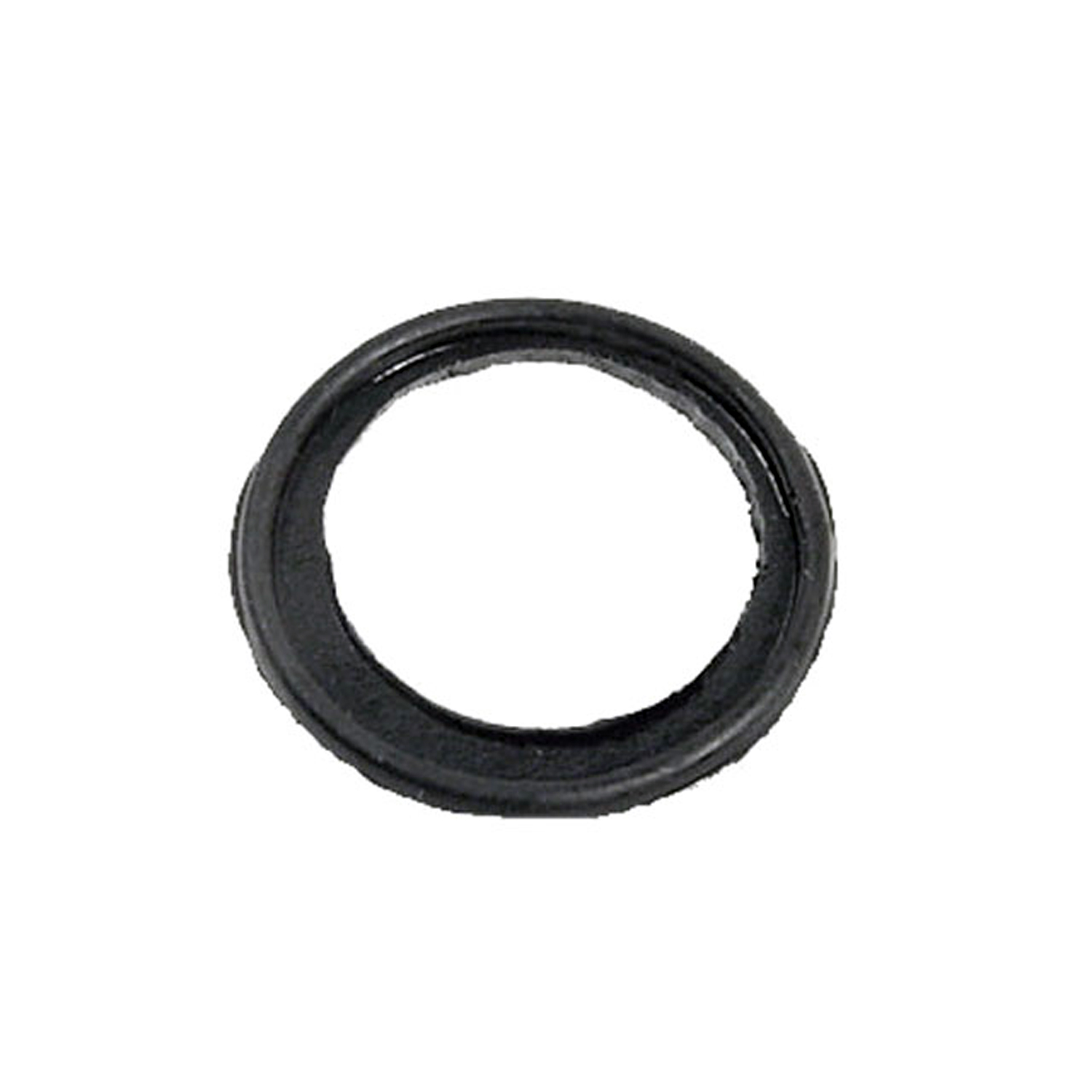 1940 Lincoln Zephyr Trunk Lock Pad. 1" O.D. Each-MP 821-NTrunk Lock Pad. 1" O.D. Each
1940 Lincoln Zephyr Trunk Lock Pad. 1" O.D. Each-MP 821-NTrunk Lock Pad. 1" O.D. Each 1940 Lincoln Zephyr Windshield Wiper Transmission Pad-MP 821-PWindshield Wiper Transmission Pad. 1-3/4" wide X 3-1/2" long. Each
1940 Lincoln Zephyr Windshield Wiper Transmission Pad-MP 821-PWindshield Wiper Transmission Pad. 1-3/4" wide X 3-1/2" long. Each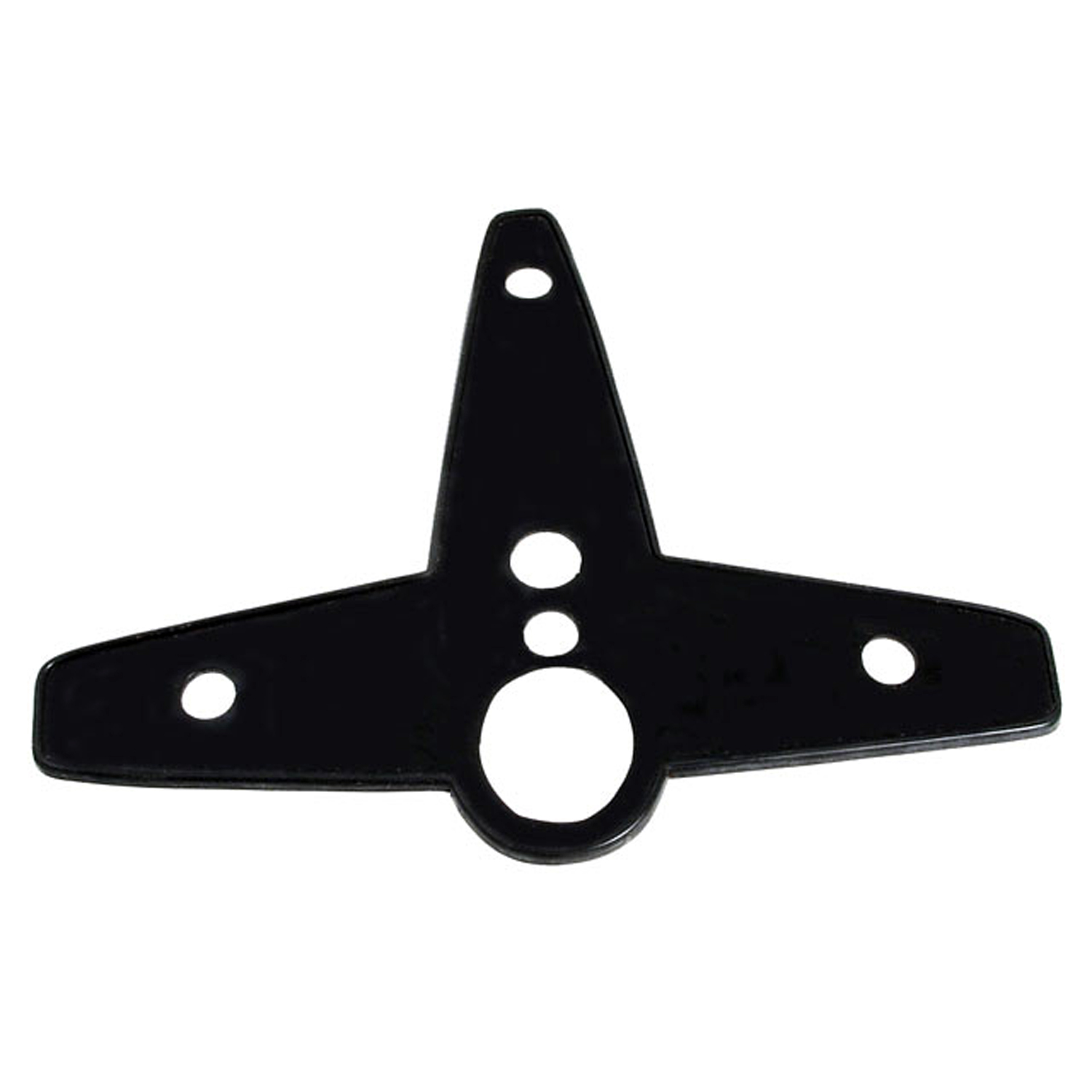 1940 Lincoln Zephyr Trunk Handle Pad. 10-7/8" wide X 9" long. Each-MP 821-TTTrunk Handle Pad. 10-7/8" wide X 9" long. Each
1940 Lincoln Zephyr Trunk Handle Pad. 10-7/8" wide X 9" long. Each-MP 821-TTTrunk Handle Pad. 10-7/8" wide X 9" long. Each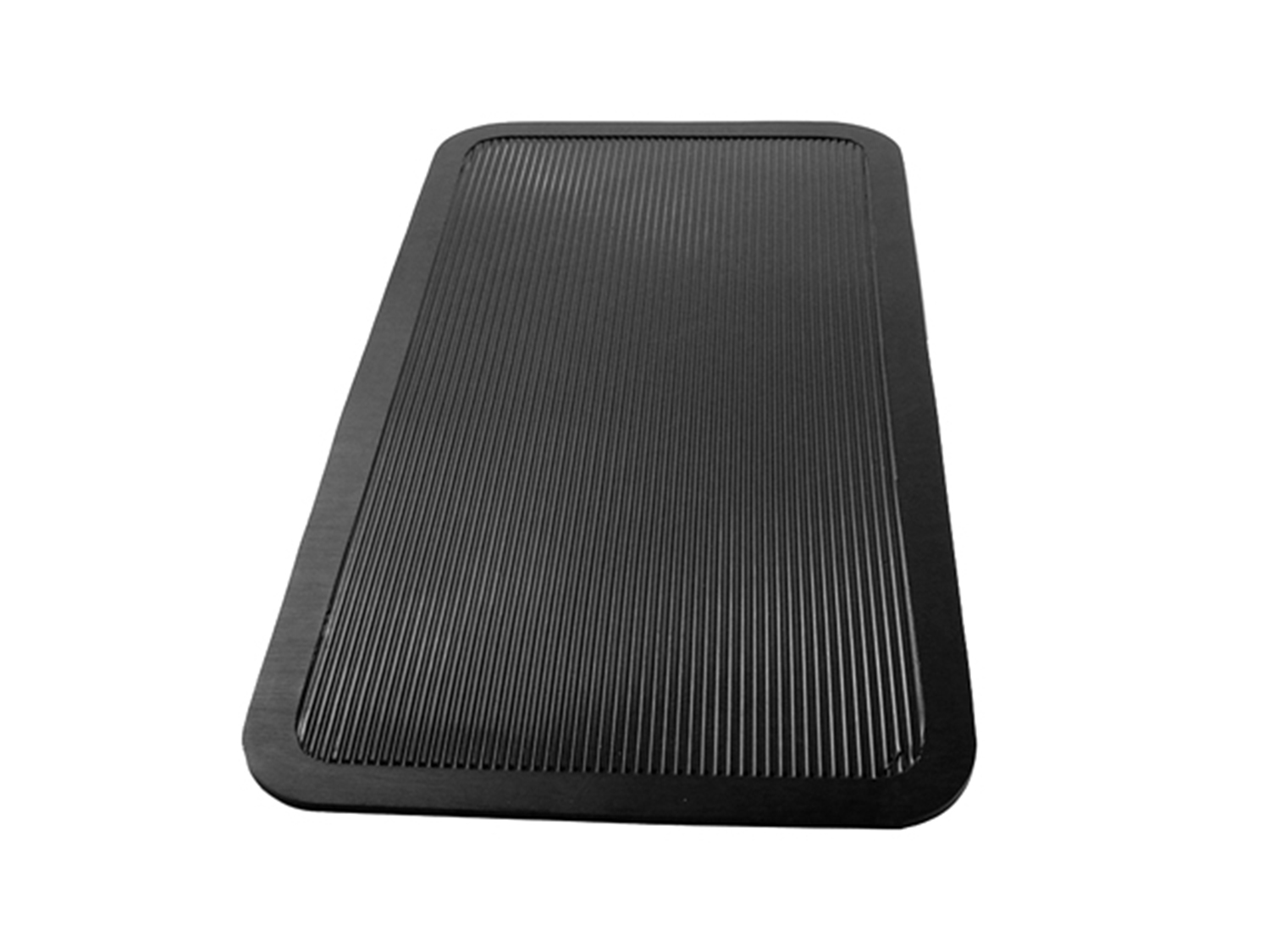 1940 Lincoln Zephyr Heel Pad. High quality reproduction. Black. 7" X 14"-RM 15Heel Pad. High quality reproduction. Black. 7" X 14". Each
1940 Lincoln Zephyr Heel Pad. High quality reproduction. Black. 7" X 14"-RM 15Heel Pad. High quality reproduction. Black. 7" X 14". Each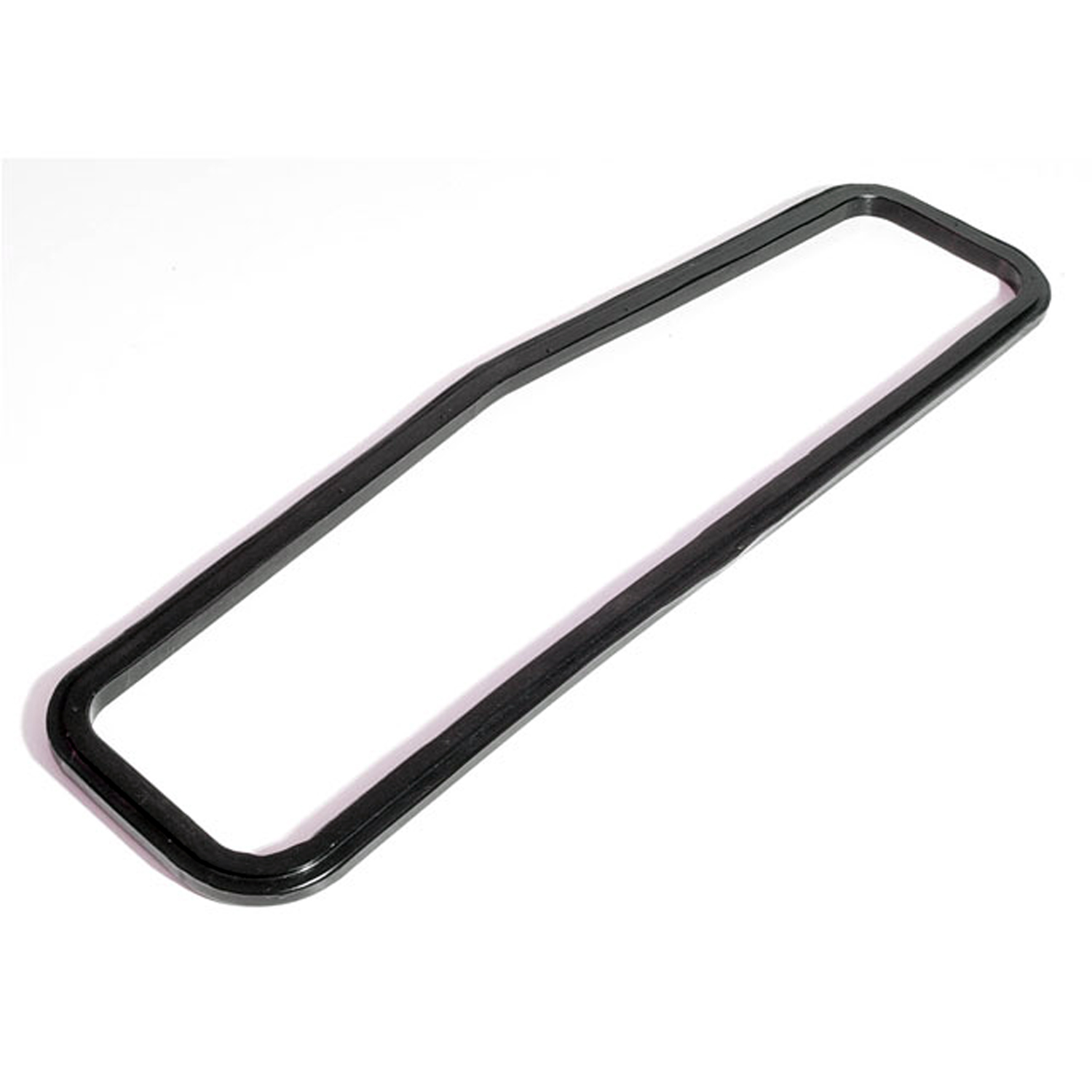 1940 Lincoln Zephyr Cowl Vent Seal. Made of soft rubber. All original details-RP 100-RCowl Vent Seal. Made of soft rubber. All original details. 4-3/8" wide at side X 17-5/8" long. Each
1940 Lincoln Zephyr Cowl Vent Seal. Made of soft rubber. All original details-RP 100-RCowl Vent Seal. Made of soft rubber. All original details. 4-3/8" wide at side X 17-5/8" long. Each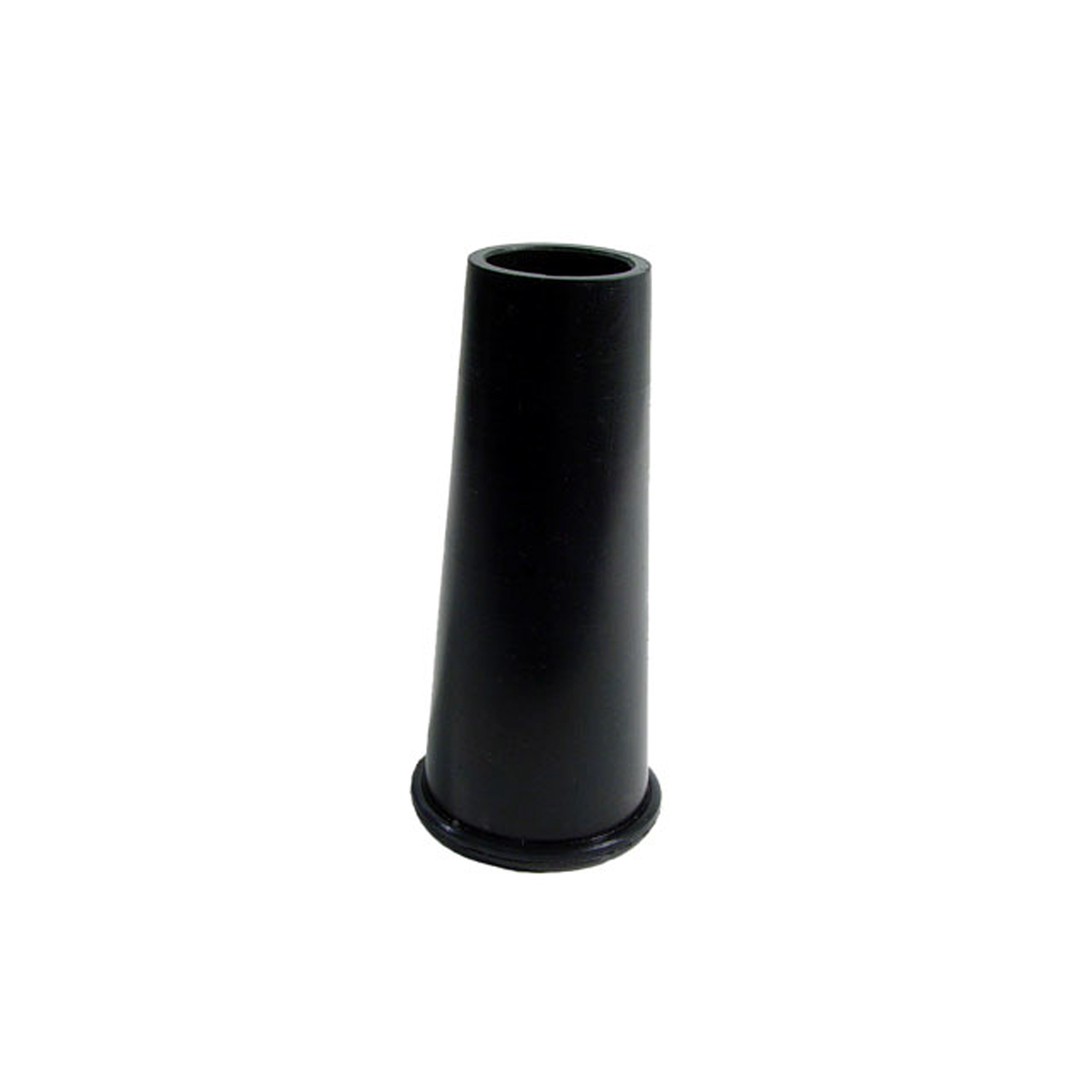 1940 Lincoln Zephyr Distributor Ignition Boot. 3-1/8", 1-1/4" O.D., 3/4" I.D-SM 65-DDistributor Ignition Boot. 3-1/8", 1-1/4" O.D., 3/4" I.D. Each
1940 Lincoln Zephyr Distributor Ignition Boot. 3-1/8", 1-1/4" O.D., 3/4" I.D-SM 65-DDistributor Ignition Boot. 3-1/8", 1-1/4" O.D., 3/4" I.D. Each 1940 Lincoln Zephyr Vertical Seals for Front Vent Window-VS 6-CVertical Seals for Front Vent Window. Made with steel core and bend-over tab. Pair
1940 Lincoln Zephyr Vertical Seals for Front Vent Window-VS 6-CVertical Seals for Front Vent Window. Made with steel core and bend-over tab. Pair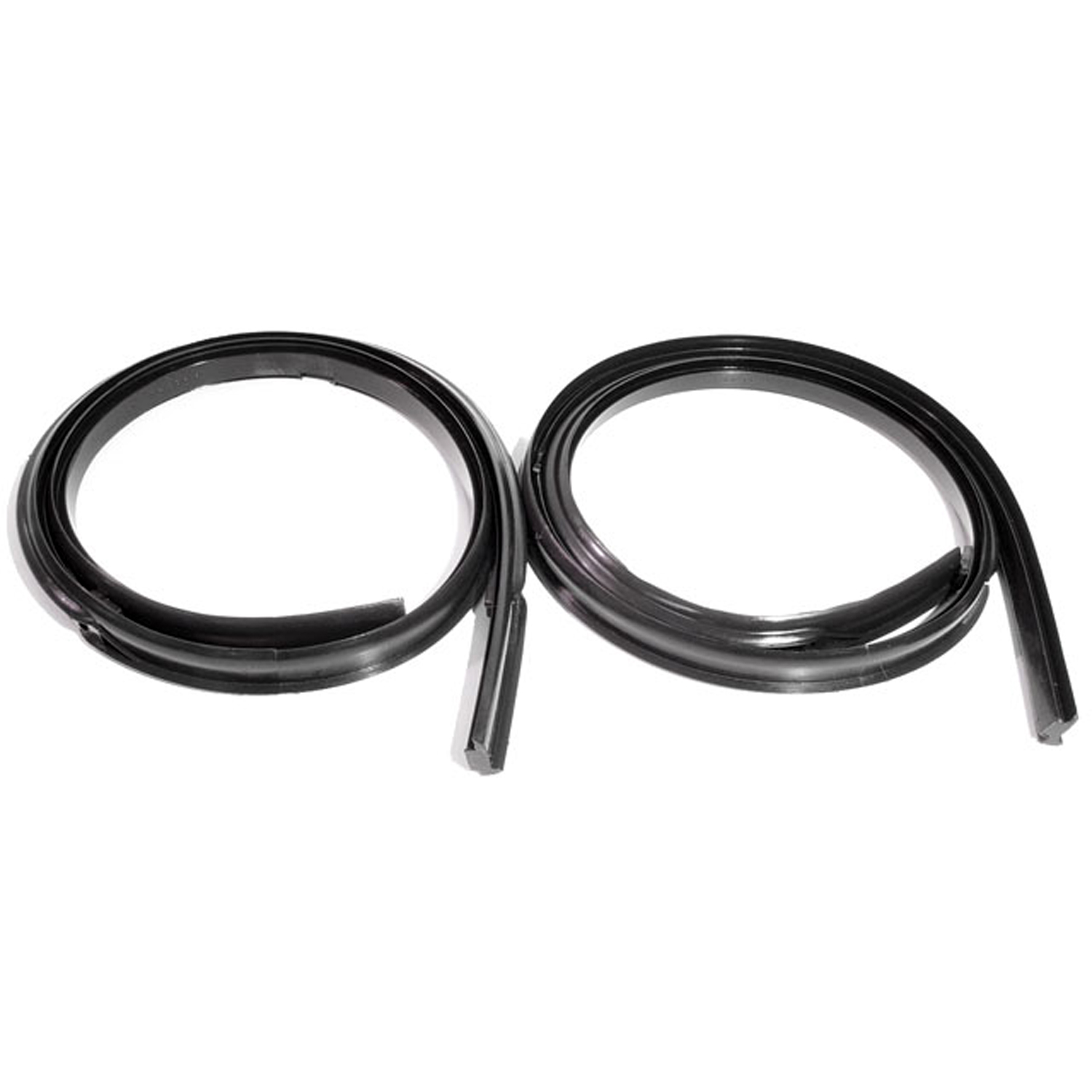 1940 Lincoln Zephyr Rear vent window seals-WR 3304-RRear vent window seals. Fits coupes with large swing-out rear quarter windows. Pair. R&L.
1940 Lincoln Zephyr Rear vent window seals-WR 3304-RRear vent window seals. Fits coupes with large swing-out rear quarter windows. Pair. R&L.Why Choose Metro?
For over 100 years, Metro Moulded Parts has been the pinnacle of quality in classic car restoration parts. Our commitment to precision and authenticity in every component ensures a perfect fit and an OEM-level appearance.
- Expert Craftsmanship & Quality: Each part is a testament to our dedication to reliability and perfection, crafted from original designs and thoroughly tested.
- Advanced Technology: We use cutting-edge techniques to create flawless, long-lasting parts that surpass others in performance.
- SuperSoft Sponge – The Ultimate Door Seal: Not only are our door seals 30% softer than competitors', but they're also guaranteed to never leak. They effectively reduce wind and road noise, enhancing your classic car's comfort and driving experience.
- Proudly American: Our parts are a product of American craftsmanship, made in the USA with a spirit of excellence and heritage.
- Unrivaled Warranty: We back our products with a 30-year industry-leading warranty, a testament to our confidence in their quality.
Join us in preserving the legacy of classic cars with parts that are crafted for perfection, not just made.

